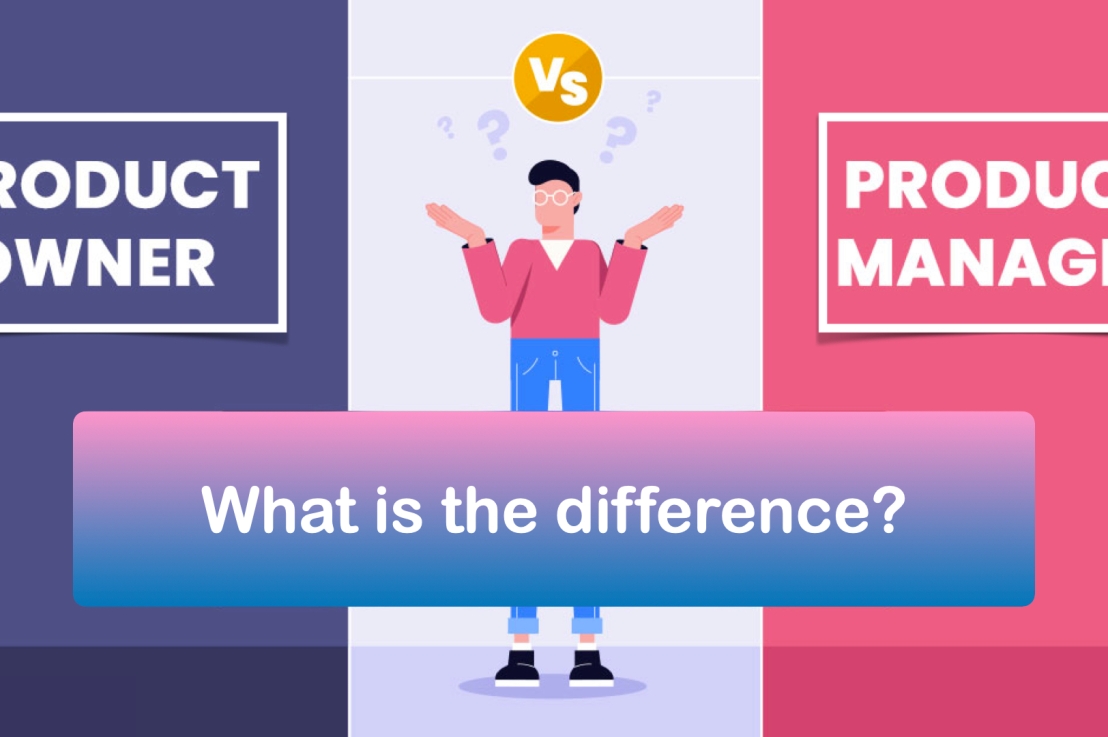
Recently, I have been getting these questions quite often, so I decided to give “my” generic point of view about the two roles, which sometimes overlap each other depending on the organization we are in.
While both product management and product owners play crucial roles in bringing successful products to life, there are fundamental differences between their responsibilities and focus:
Strategic vs. Tactical:
- Product Managers: Think big picture, focusing on strategic vision, market research, competitor analysis, and defining product goals aligned with the overall business strategy. They set the roadmap and make high-level decisions about the product’s direction.
- Product Owners: Are more tactical and hands-on, working closely with development teams to prioritize features, break down the product roadmap into actionable backlogs, and manage sprints. They ensure the team delivers value within each sprint and represents the voice of the customer.
Scope and Focus:
- Product Managers: Have a broader scope, looking across the entire product lifecycle from conception to launch and beyond. They wear many hats, including user research, marketing, and competitive analysis.
- Product Owners: Typically focus on specific aspects of the product within a specific timeframe, usually within an agile development framework like Scrum. They act as the single point of contact for the development team on all things related to the product backlog and sprint execution.
Decision-Making:
- Product Managers: Make high-level decisions based on long-term vision and market data. They collaborate with various stakeholders to gather input and ultimately decide what features to build and prioritize.
- Product Owners: Make day-to-day decisions about what gets done in each sprint, working directly with the development team to manage priorities and backlog items. They have the final say on what goes into each sprint and are responsible for delivering on its commitments.
Relationship with Development Team:
- Product Managers: May have a less frequent, but more strategic, interaction with the development team, providing input on the overall vision and roadmap. They may also be involved in user acceptance testing and product launches.
- Product Owners: Work closely with the development team on a daily basis, managing backlog items, participating in sprint planning and daily stand-up meetings, and providing ongoing feedback and guidance. They are the bridge between the product vision and technical implementation.
In some cases, the roles can overlap:
- A small company might have a single person who plays both the product manager and product owner roles.
- In a larger organization, product managers and product owners might work together, with the product manager setting the overall vision and the product owner managing the day-to-day execution.
Overall, both product management and product owners play vital roles in the customer relationship in different ways. Each contributes to understanding customer needs, building products that address them, and ultimately driving customer satisfaction and product success.
Ultimately, the key difference between product management and product owners lies in their focus and level of involvement.
Product managers are typically the strategists and visionaries, while product owners tend to be more the tacticians who make the vision a reality. Both roles are essential for building successful products that meet user needs and drive business growth.
I hope this helps you understand the difference! Let me know if you have any further questions.

